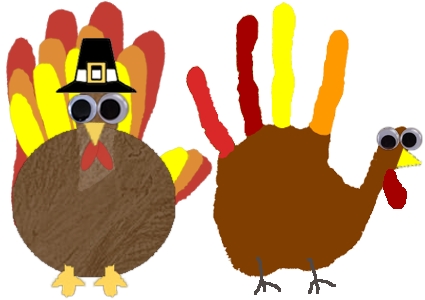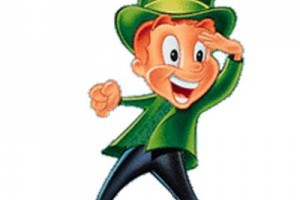In September of 1620, a small ship left England headed for the New World carrying 102 passengers. The ship, as any attentive first grader can tell you, was called the Mayflower. Sixty-six days after their journey began, having overshot their intended destination near the Hudson River, they landed near Cape Cod in modern-day Massachusetts. It was November.
Seeing as they had no central heating systems and no houses in which to put these central heating systems if they did have them, most of the would-be colonists remained on board the ship. Due to exposure, scurvy, and a number of other diseases, only about half of the Mayflower’s passengers survived till spring. Upon disembarking the ship, the settlers made the acquaintance of an English-speaking Native American named Squanto. Squanto had been kidnapped by an English sea captain and sold in to slavery before escaping to England and eventually returning to America. He taught the settlers how to cultivate a number of crops and introduced them to the Wampanoag Indians.
In November 1621, the Pilgrims first corn harvest yielded its fruits and Governor William Bradford organized a feast in celebration. The event commemorated the Pilgrims’ gratitude towards God for bringing them through that first winter and for the friendships they had made with the Wampanoag, many of whom were in attendance at the event. The meal they shared likely looked much different from the ones we typically enjoy each year. No Stove Top stuffing and no can-shaped cranberry-flavored gelatin were served. They had presumably been eaten while onboard the Mayflower during that first winter. It’s unclear if they played a game of football after the meal.
As years went by, a number of other communities began celebrating Thanksgiving each year. In 1817, New York became the first state to make it an official holiday. It wasn’t until 1863 that Thanksgiving was celebrated on the same date by all of the states. President Abraham Lincoln, in an effort to help unite the Northern and Southern states (and in response to dozens of letters from Sarah Josepha Hale, author of “Mary Had a Little Lamb,” sent over a period of 36 years) marked the last Thursday in November as Thanksgiving. This remained the official date until 1939, when President Franklin Delano Roosevelt moved the holiday up a week in an effort to stimulate retail sales during the Great Depression. After heavy pushback, in 1941 FDR signed a bill moving the holiday to the fourth Thursday in November. Unfortunately retailers didn’t get the memo and continued to play Christmas music beginning in mid-November.
In true American fashion, it didn’t take long for the original intention of the holiday to become lost in vaguely related or unrelated emerging traditions. Today Thanksgiving is known more for food, family, and football than for giving thanks to God. None of these things are wrong, and I happen to enjoy each of them. I’m happy to have a few days off of work to spend with family each November. That in and of itself is a reason for giving thanks.
The commercial aspects of Christian (or at least theistic, in the case of Thanksgiving) holidays in our culture seem irreversible. And in the interest of full disclosure, many of them add to the excitement I experience around the holiday. But let’s make an effort to keep in mind the true meaning of these holidays. This Thanksgiving, don’t fail to spend time giving thanks to God for all he has done for you and for those you love. Enjoy time with family. Enjoy great food. And above all, thank the God who has allowed you to enjoy them. Once a year our nation reserves a day where we are reminded of this.
Happy Thanksgiving.





2 Comments
Leave your reply.